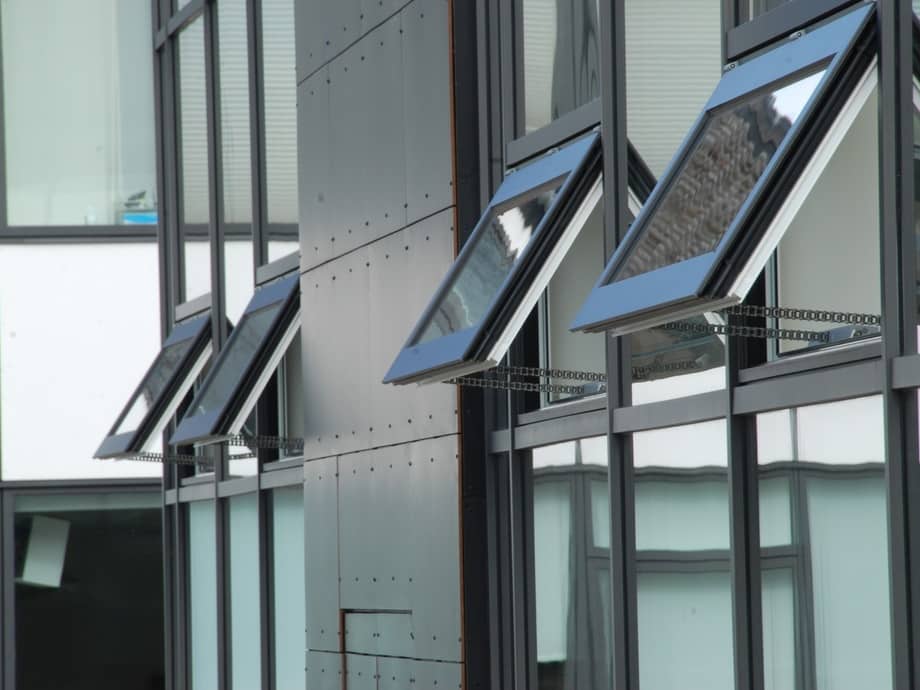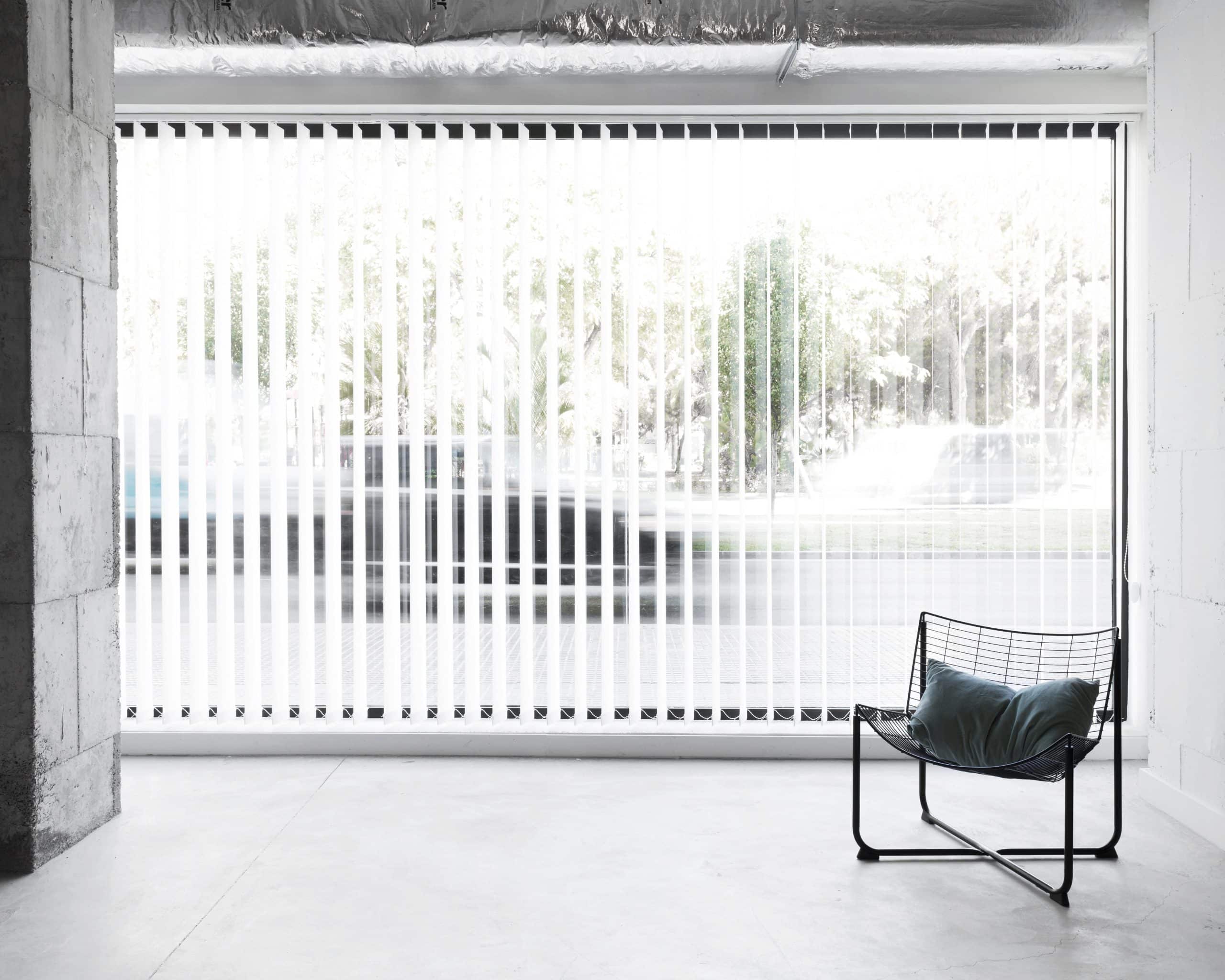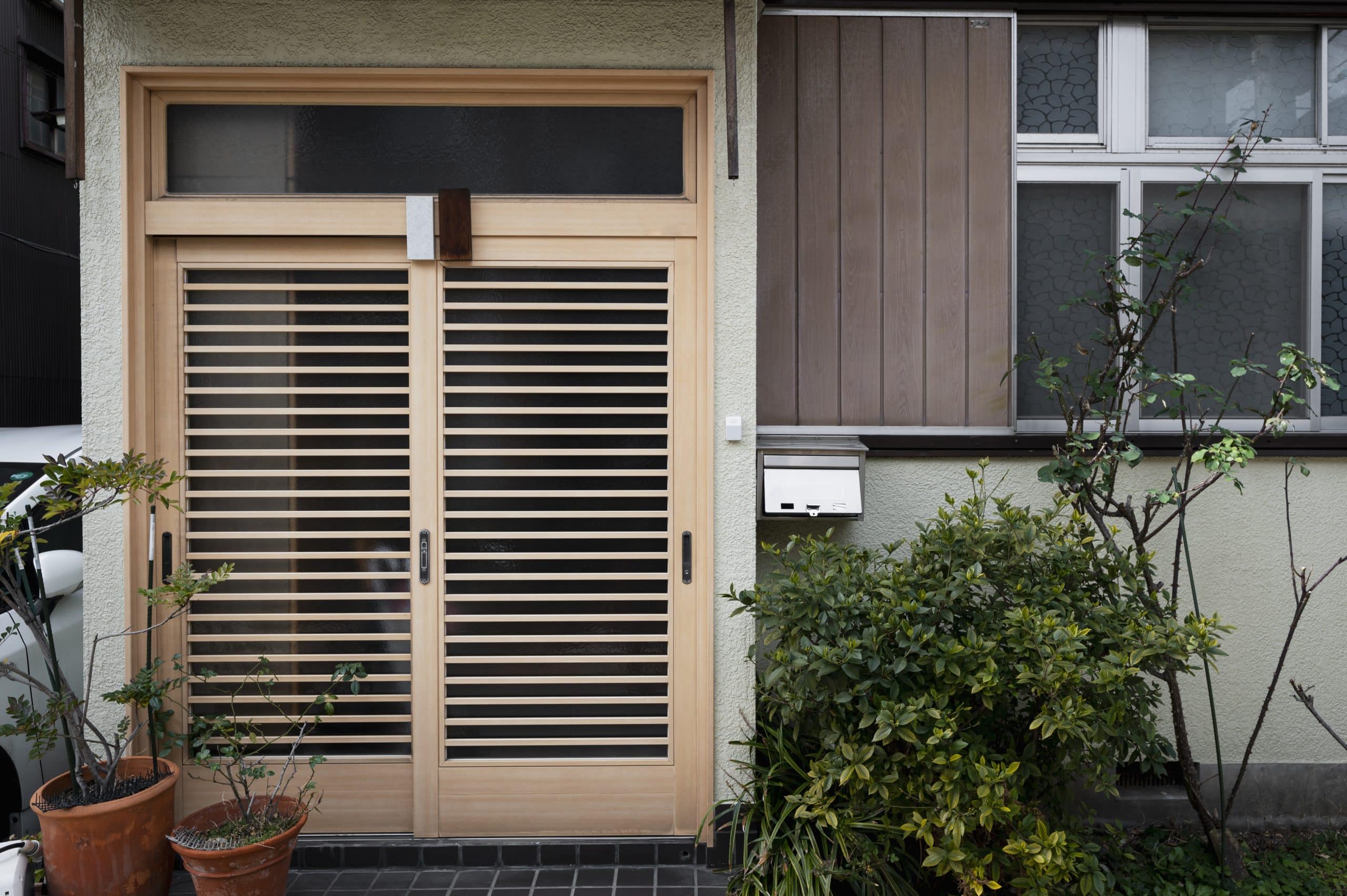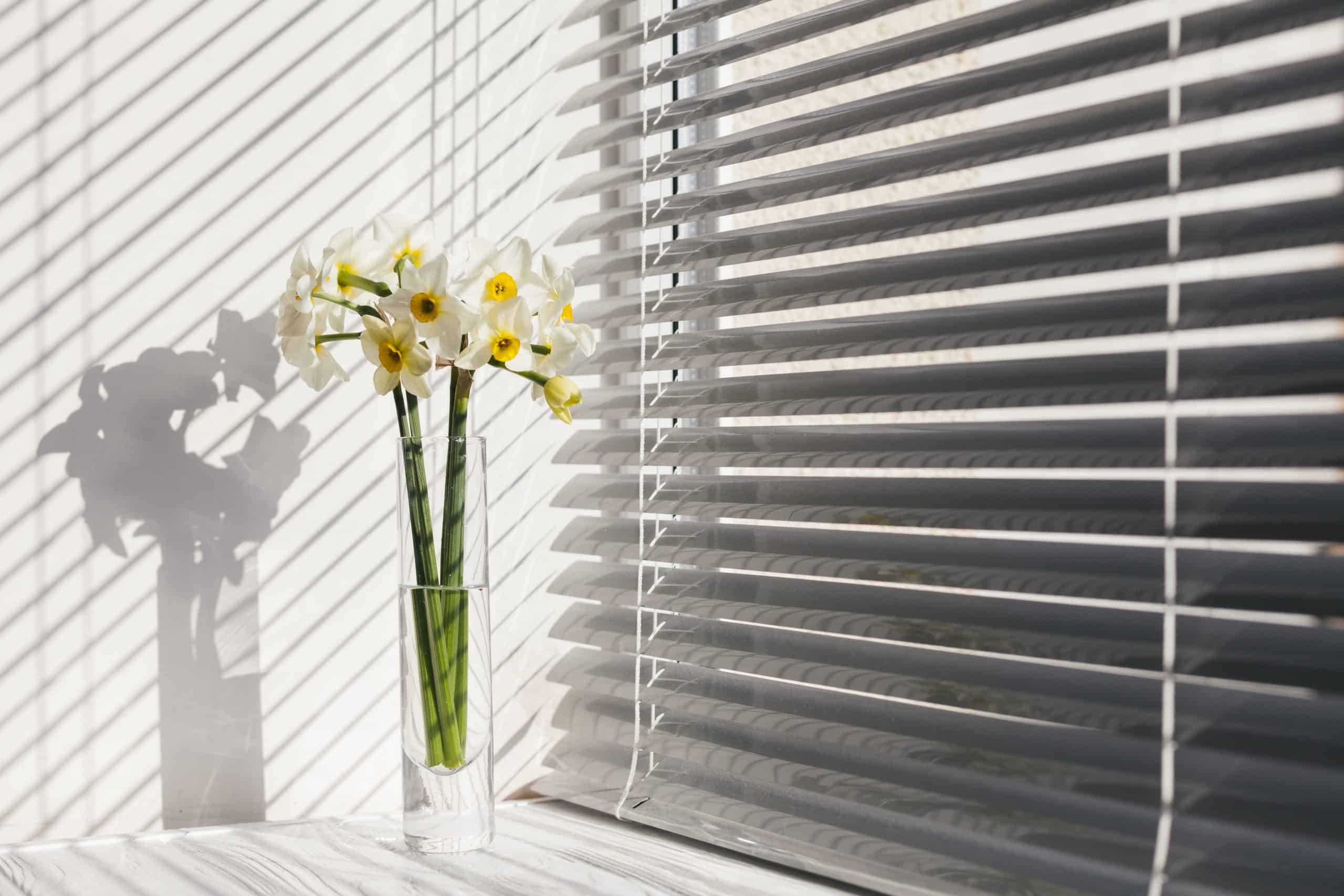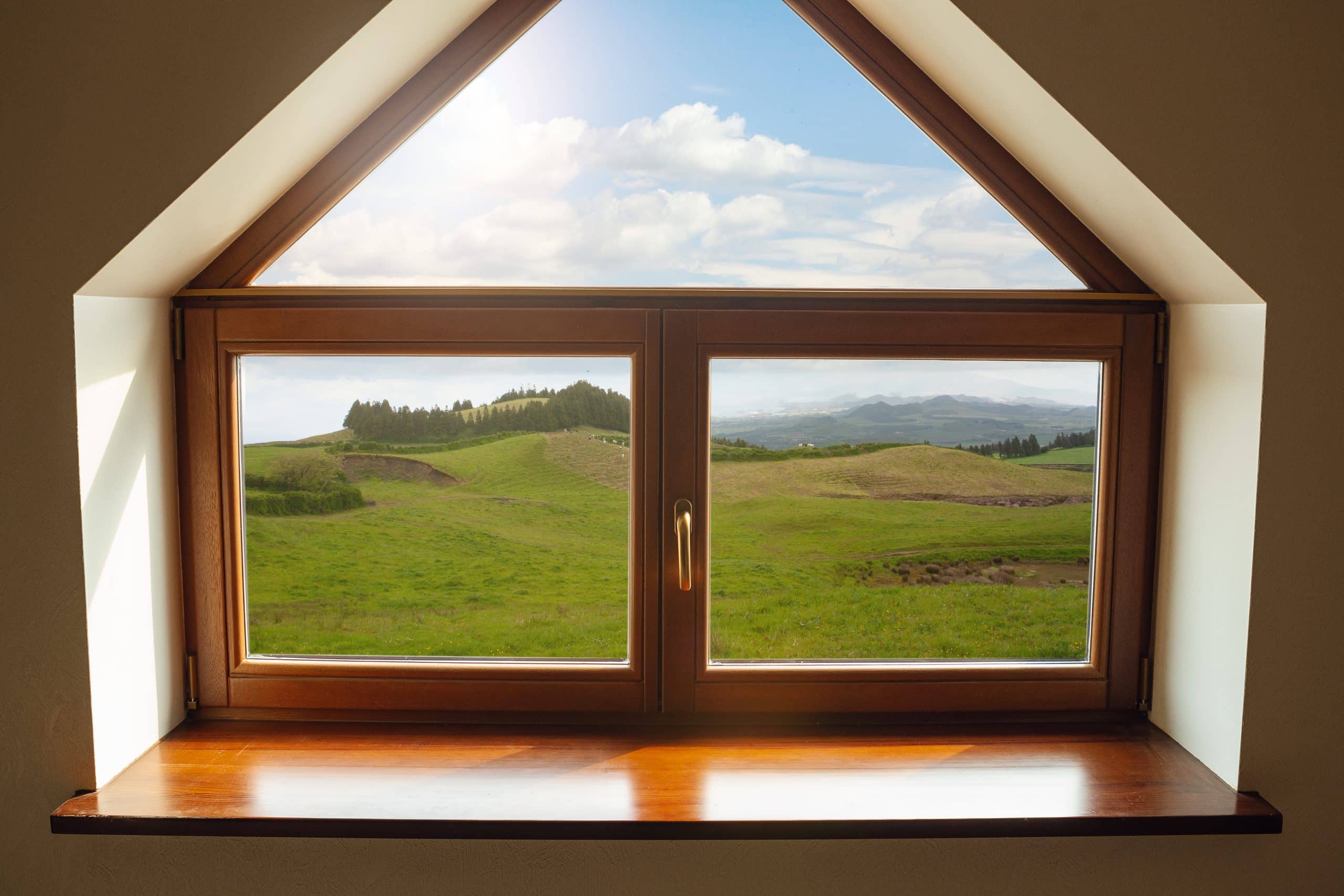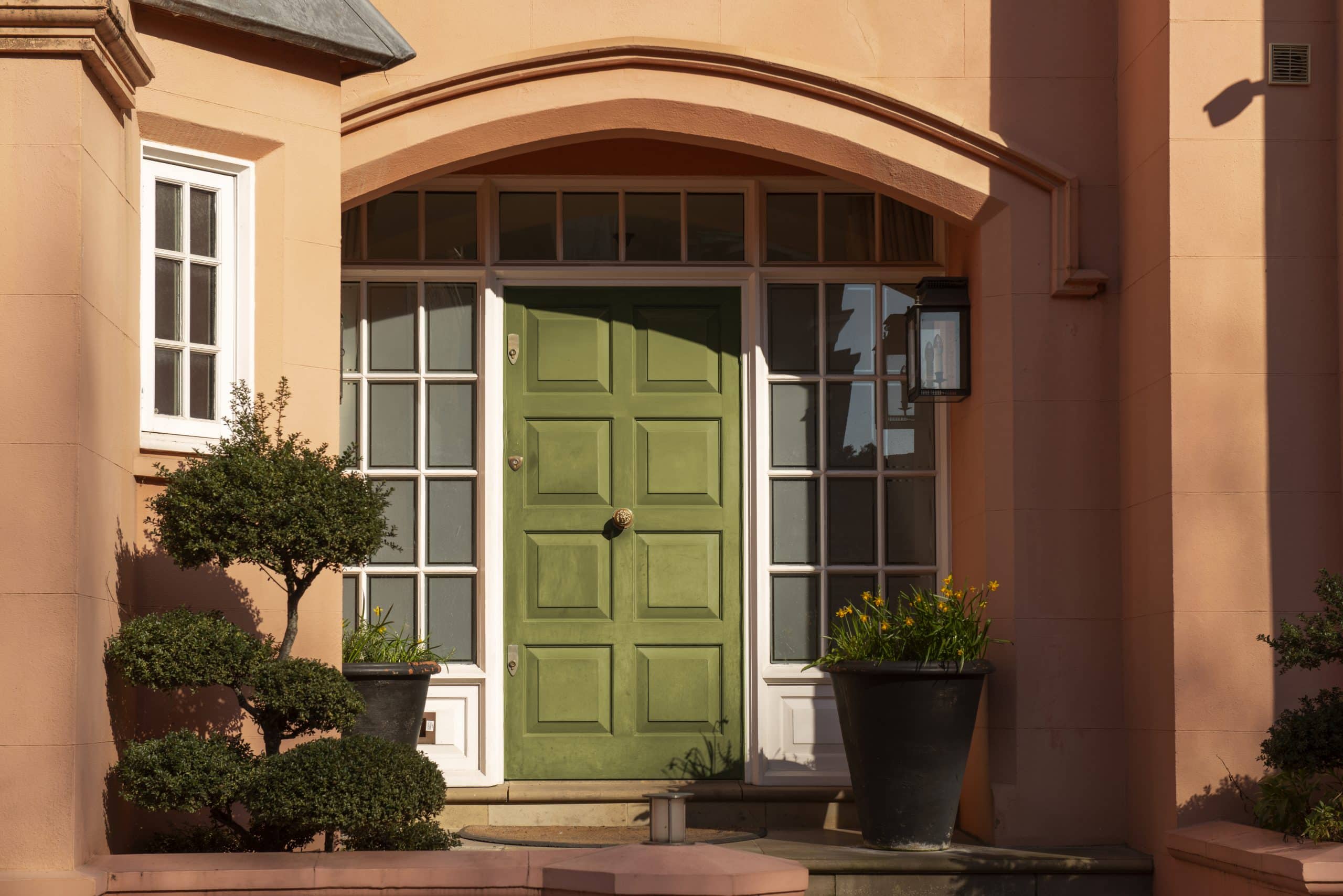Operable windows are pivotal in merging indoor comfort with the allure of the outdoors, offering ventilation and natural light at a homeowner’s whim. HTR takes pride in delivering high-standard operable window options, ensuring that each selection enhances both functionality and aesthetic appeal. Committed to excellence, HTR transforms renovation projects into seamless transitions toward improved living spaces, assuring customers of a stress-free experience from inception to installation.
Understanding Operable Windows and Their Functionality
Operable windows are pivotal in managing ventilation. They allow homeowners to regulate airflow, ensuring fresh air can circulate throughout a space. It is essential for both comfort and health, as proper ventilation reduces the accumulation of indoor pollutants.
Opening an operable window ushers in natural breezes, which can help cool a home without relying on mechanical systems. The design of these windows often includes features that direct airflow efficiently into the building.
Light management
The ability to control natural light is another critical function of operable windows. By adjusting openings, occupants can decide how much sunlight enters a room.
During colder months, larger openings can harness more sunlight to naturally warm interior spaces, potentially reducing heating costs. Conversely, smaller openings or strategic use of blinds can keep rooms cooler when temperatures rise.
Emergency exits
Ease of use makes operable windows suitable for emergencies as well. In case of fires or other hazards where doors may be inaccessible or unsafe to use, these windows provide an alternative exit route that could be lifesaving.
Their design typically allows them to be opened quickly and with minimal effort, and it’s a crucial feature during emergencies when time is critical.
Privacy integration
Incorporating screens or blinds enhances privacy without sacrificing the functionality of an operable window. Screens prevent insects from entering while still allowing air and light while maintaining comfort and privacy. Blinds offer additional control over visibility into a home from outside sources at any given time.
Pros and Cons of Operable VS. Fixed Windows
Operable windows offer ventilation that can reduce the need for mechanical cooling. They allow homeowners to harness natural breezes, potentially lowering energy bills during mild weather conditions. However, they may be less energy-efficient than fixed models when closed due to possible air leakage.
Building security
Operable windows present both benefits and drawbacks regarding security. They can serve as emergency exits or entry points for fresh air but also pose risks if secured. Proper locks and strategic placement mitigate these concerns.
Fixed windows are inherently more secure from intruders due to their immovable nature. Their design eliminates the risk of someone opening them from the outside, offering peace of mind concerning building safety.
Maintenance needs
The maintenance demands between operable and fixed windows differ notably. Operable models require regular cleaning of tracks and hardware alongside checks on their sealing capabilities.
In contrast, fixed units have fewer moving parts, leading to lower upkeep requirements over time. Their simple structure means there’s less that can go wrong or degrade with use.
HTR delivers top-quality products tailored to customer needs while emphasizing ease throughout renovation projects. They commit themselves fully, ensuring clients receive not just superior window solutions but also a stress-free experience during installation.
Types of Operable Windows and Their Features
Casement windows swing open like a door. They pivot on hinges located at the side of the window frame. A hand crank allows for easy opening and closing, making them ideal for hard-to-reach areas.
One advantage is their tight seal when closed. This feature enhances energy efficiency by minimizing drafts.
Awning windows
Awning windows have hinges at the top. They open outward from the bottom, creating an awning effect. These are perfect above sinks or in bathrooms where privacy is critical but ventilation is still needed.
They offer protection from rain while allowing airflow, a unique benefit not found in other types.
Sliding windows
Sliding windows move horizontally along tracks. They require minimal effort to open and close, which makes them suitable for wide spaces with limited vertical clearance.
Their ease of use makes them popular choices for living rooms and bedrooms alike.
- Space-saving design
- Easy to operate
- Enhanced ventilation capabilities
- Superior energy efficiency
- Aesthetic versatility to complement various architectural styles
By offering a harmonious blend of functionality and aesthetic appeal, sliding windows are the preferred choice for modern architectural designs. Their space-saving attributes and ease of operation cater to both residential and commercial applications.
It enhances natural light and ventilation while maintaining a sleek and unobtrusive profile. As such, these windows not only contribute to the visual elegance of a structure but also promote an energy-efficient and comfortable living environment.
Tilt-and-turn windows
Tilt-and-turn windows offer dual functionality: they tilt inward at the top or swing in like a casement window. The tilting option provides secure ventilation; turning facilitates the whole opening for cleaning purposes.
Operable windows enhance room ambience through tailored designs fitting specific needs:
- Casements work well where airflow direction is essential;
- Awnings suit wet climates due to their water-resistant structure;
- Slidings are perfect for panoramic views without obstruction;
- Tilt-and-turns adapt quickly between seasons, offering light and full breezes as required.
Each type’s mechanism contributes uniquely to comfort within any given space, highlighting why understanding different types matters when choosing an operable window solution that aligns with individual preferences and room functionalities.
Selecting the Right Operable Window for Your Space
Selecting an operable window begins with room size. Measure carefully. Large rooms may need more giant windows for balance and light. Conversely, small spaces often require smaller windows to maintain wall integrity and aesthetic proportions.
Consider both width and height. The wrong size disrupts room harmony and can affect comfort inside the home. Adequately sized windows ensure adequate ventilation without overwhelming a space.
Architectural harmony
Match your window style to your home’s design. A modern home benefits from sleek, minimalist frames, while traditional homes suit classic styles better. Consistency in design maintains or increases property value over time.
The right operable window complements architectural aesthetics rather than clashing with them. This choice is crucial for visual appeal and long-term satisfaction with your renovation project.
Climate considerations
Assess wind direction and sun exposure before choosing a type of operable window. Rooms facing east or west might need different openings than those facing north or south due to the intensity of sunlight throughout the day.
Proper orientation maximizes natural light while minimizing discomfort from heat gain or loss. It also influences air flow, which contributes significantly to indoor climate control needs in your home.
Trusted providers
Selecting the right operable window depends on finding a reputable company like HTR Windows & Doors that commits to quality service.
A trusted provider ensures:
- Professional installation;
- High-quality materials;
- Tailored solutions.
HTR always makes renovations stress-free experiences by understanding clients’ needs deeply.
They consider all factors:
- Room dimensions;
- Architectural style;
- Climate impacts;
- Personal preferences.
Their dedication means you get not just new windows but enhanced living comfort, too.
Customization and Configuration of Operable Windows
Operable windows offer a range of frame materials. Choices include wood, vinyl, aluminum, and fibreglass. Each material has distinct advantages.
Wood frames bring a classic aesthetic to properties. They are the best for their natural insulation qualities. Vinyl is known for its durability and low maintenance needs, making it popular among homeowners.
Aluminum frames provide modern appeal with their sleek lines and strength, suitable for contemporary designs. Fiberglass offers the best of both worlds: it’s strong like aluminum but insulates like wood.
Colour options
Custom colour selections enhance the personal touch in window installation. Manufacturers often present standard colours; however, custom hues are available too.
This flexibility allows property owners to match or complement their home’s exterior palette perfectly. A bold finish can make new windows stand out as an addition to your home’s character, while neutral tones help them blend seamlessly into existing design elements.
Window сonfigurations
The configuration of operable windows affects functionality and style significantly.
Double-hung windows feature two movable panes that slide vertically. This feature provides excellent ventilation options.
Single-hung windows have one stationary pane and one operable pane, typically the lower one, which makes them slightly more straightforward in design but just as effective in most cases.
Both configurations allow easy cleaning from inside your home, a practical benefit people appreciate after installation.
Energy Efficiency and Sustainability with Operable Windows
Operable windows equipped with Low-E coatings play a crucial role in energy conservation. These coatings reflect infrared light, keeping heat inside during winter and outside during summer. As a result, they reduce the need for heating and cooling systems.
Windows featuring these coatings also protect against UV rays. Less sun damage to fabrics, furniture, and floors — less stress for you. The use of Low-E glass in operable windows is an engineering triumph that enhances both comfort and efficiency.
Weatherstripping
Another key element is weatherstripping. It seals gaps around operable windows, preventing air leaks. Properly installed weatherstripping can significantly improve insulation.
The interior temperature will be stable, but also it will lead to reduced energy costs. By minimizing drafts, operable windows become more than just openings for fresh air; they contribute to a home’s overall thermal performance.
Sustainable materials
Manufacturers are now using sustainable materials in window production. These eco-friendly choices include recycled or responsibly sourced wood and composite materials that offer durability without environmental compromise.
Choosing an operable window made from such materials promotes sustainability at every level, from manufacturing to daily use. When combined with the benefits of natural ventilation from open pane units, these windows support both personal well-being and ecological balance by providing views while conserving resources.
Conclusion
Operable windows stand as a necessary element in architectural design, offering both functional benefits and aesthetic versatility. As we have dissected the pros and cons, types, and maintenance aspects of operable windows, it becomes evident that their role extends beyond mere ventilation.
They are instrumental in defining space usage, enhancing comfort levels, and contributing to a building’s overall environmental footprint. Engage with professionals today to enrich your space with the optimal operable window solutions.
